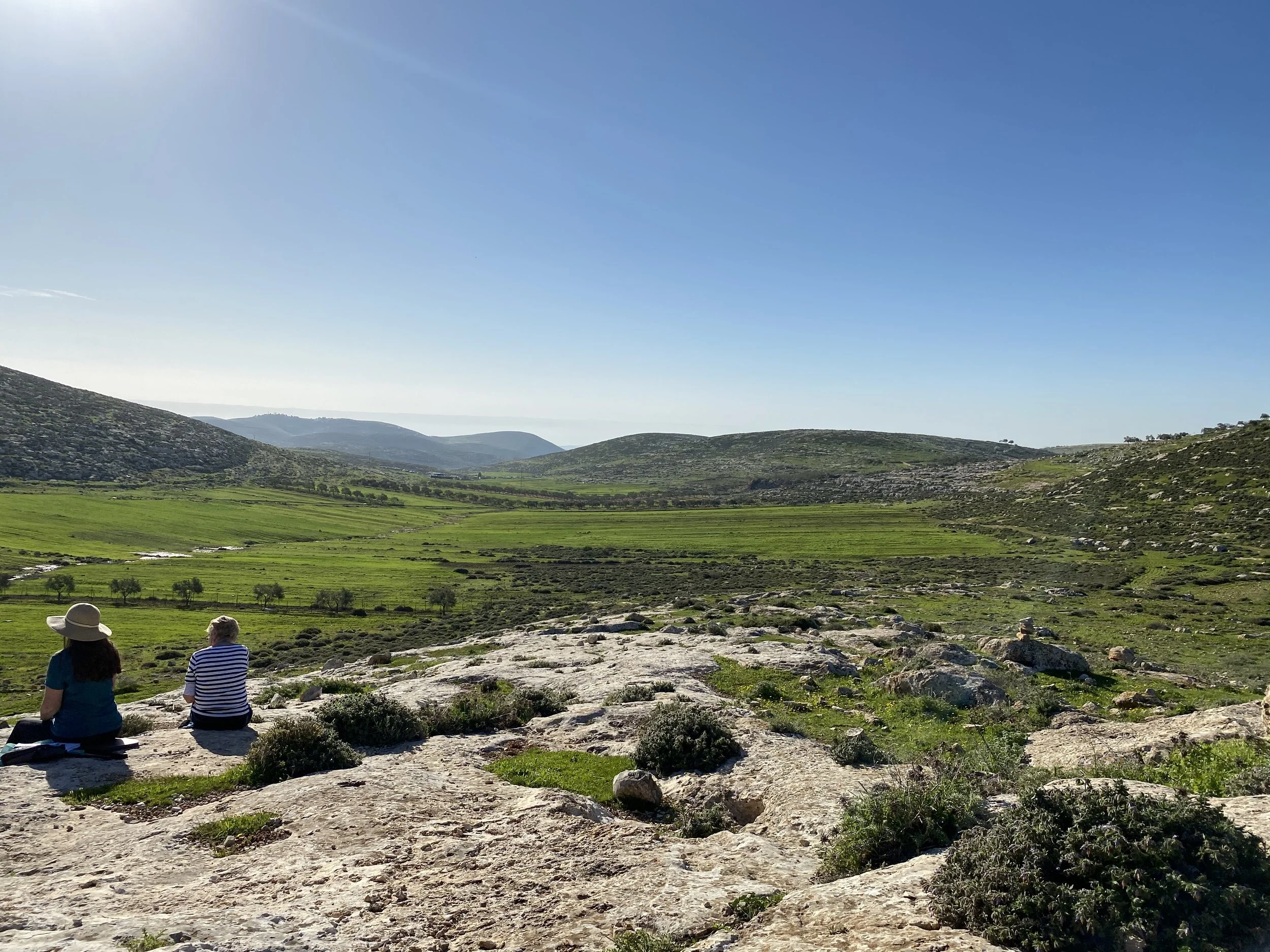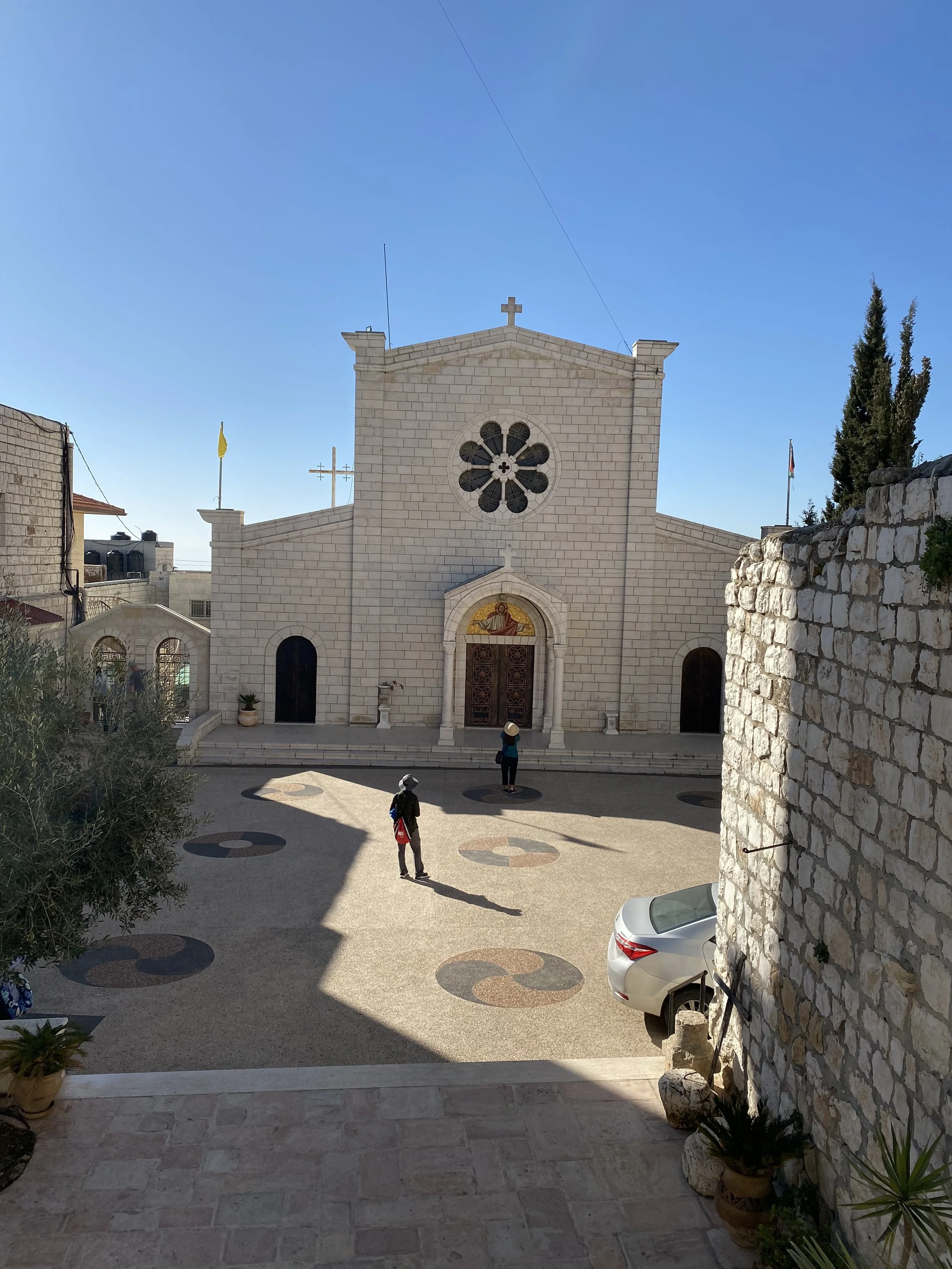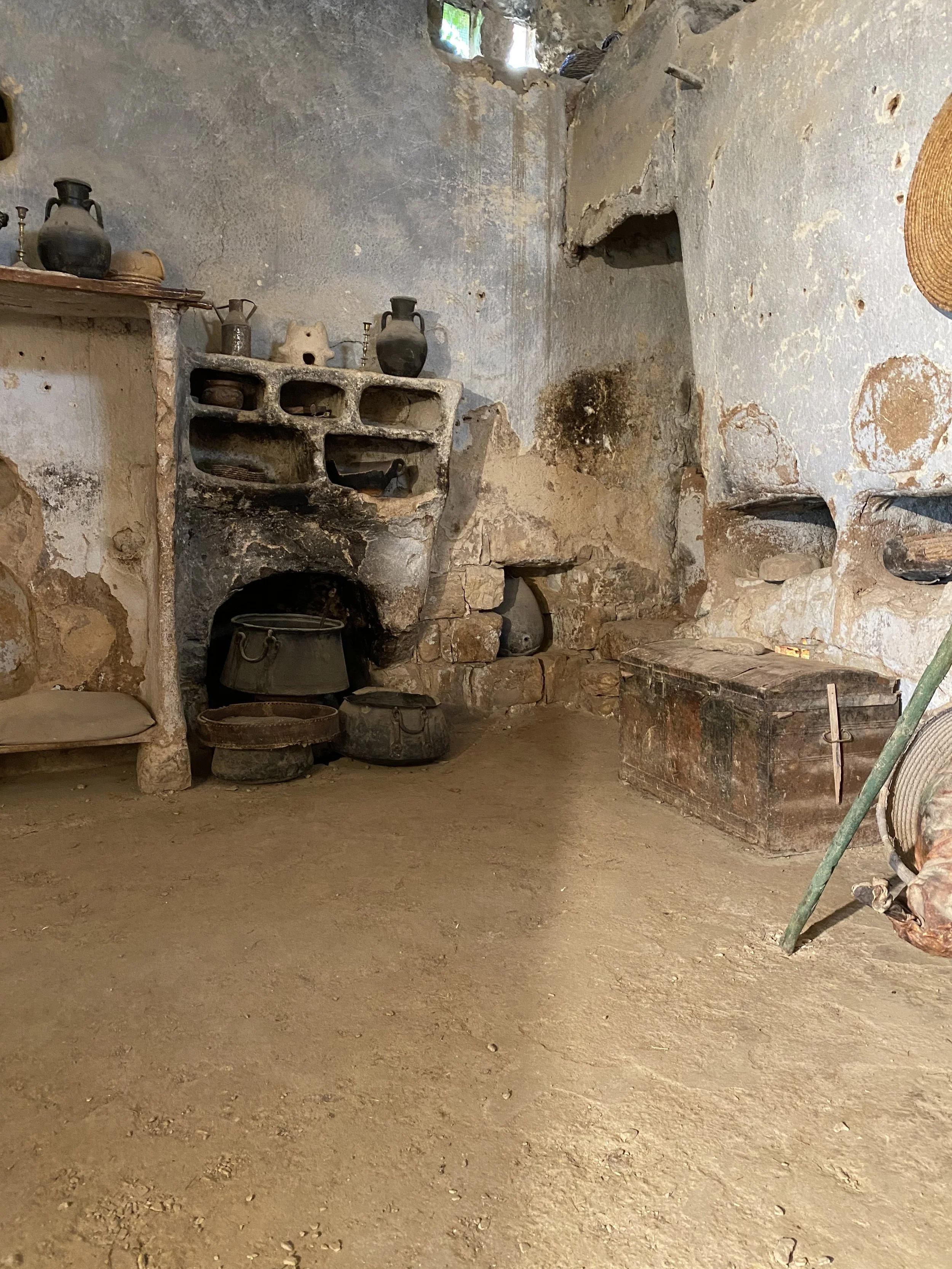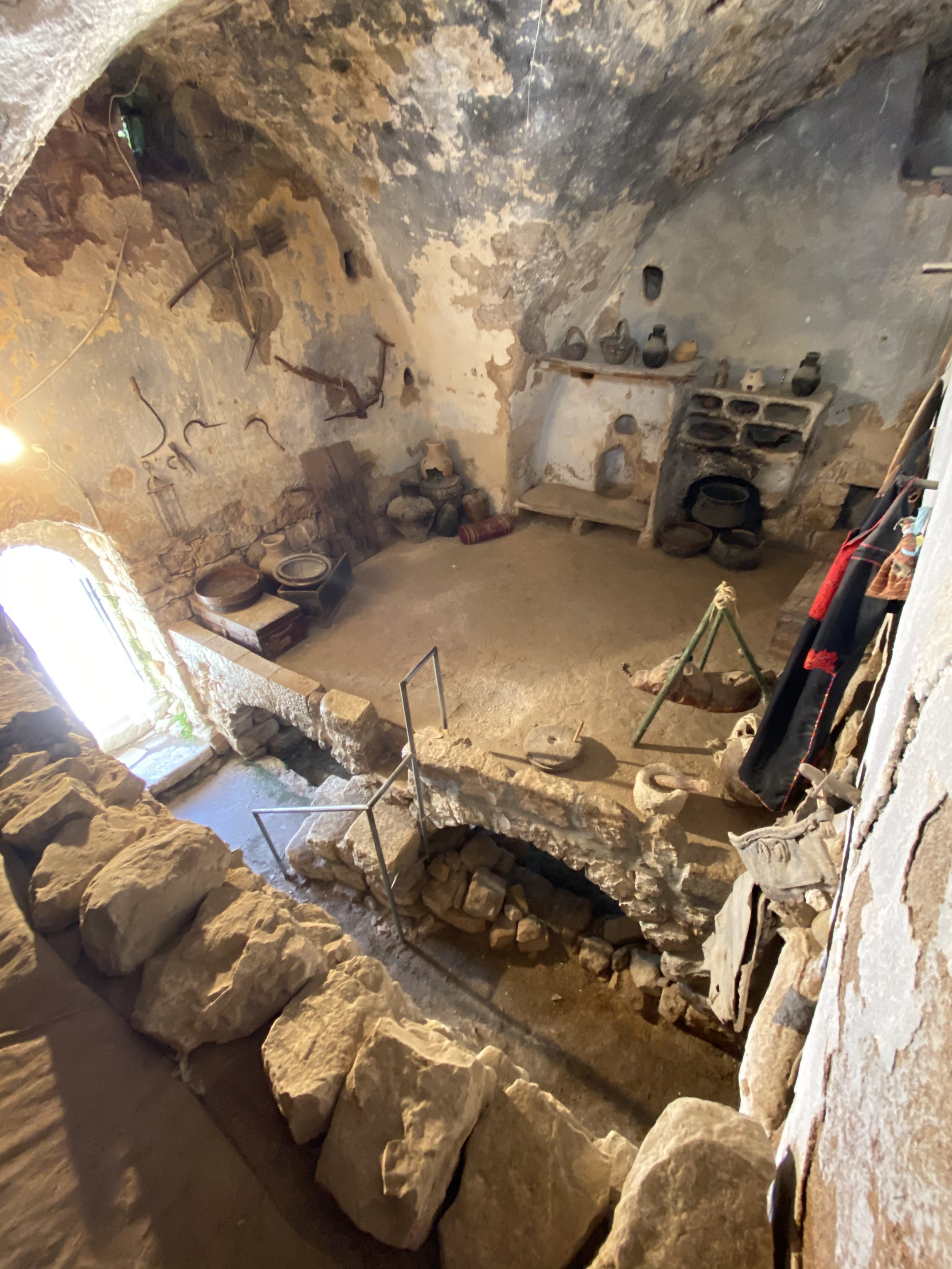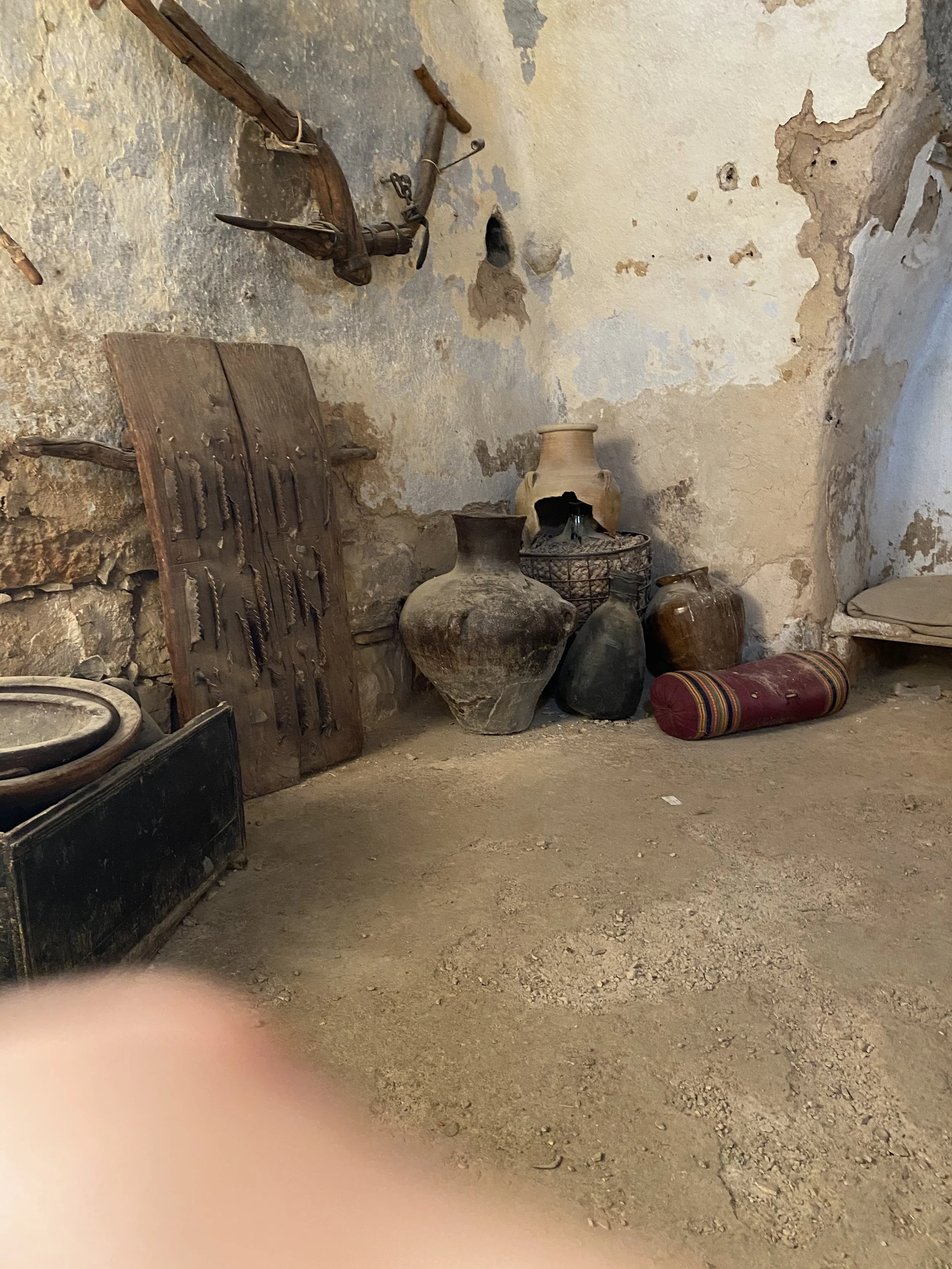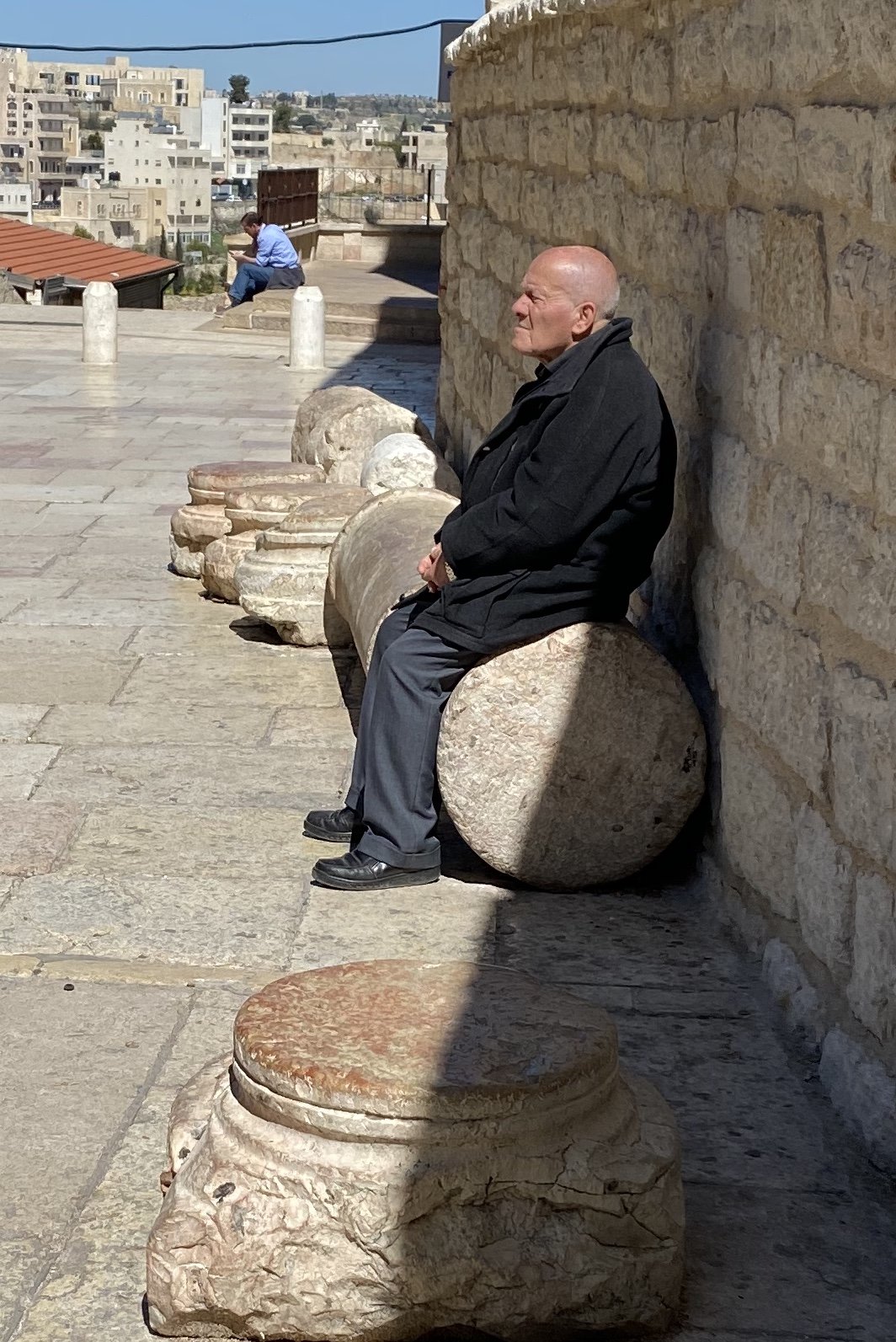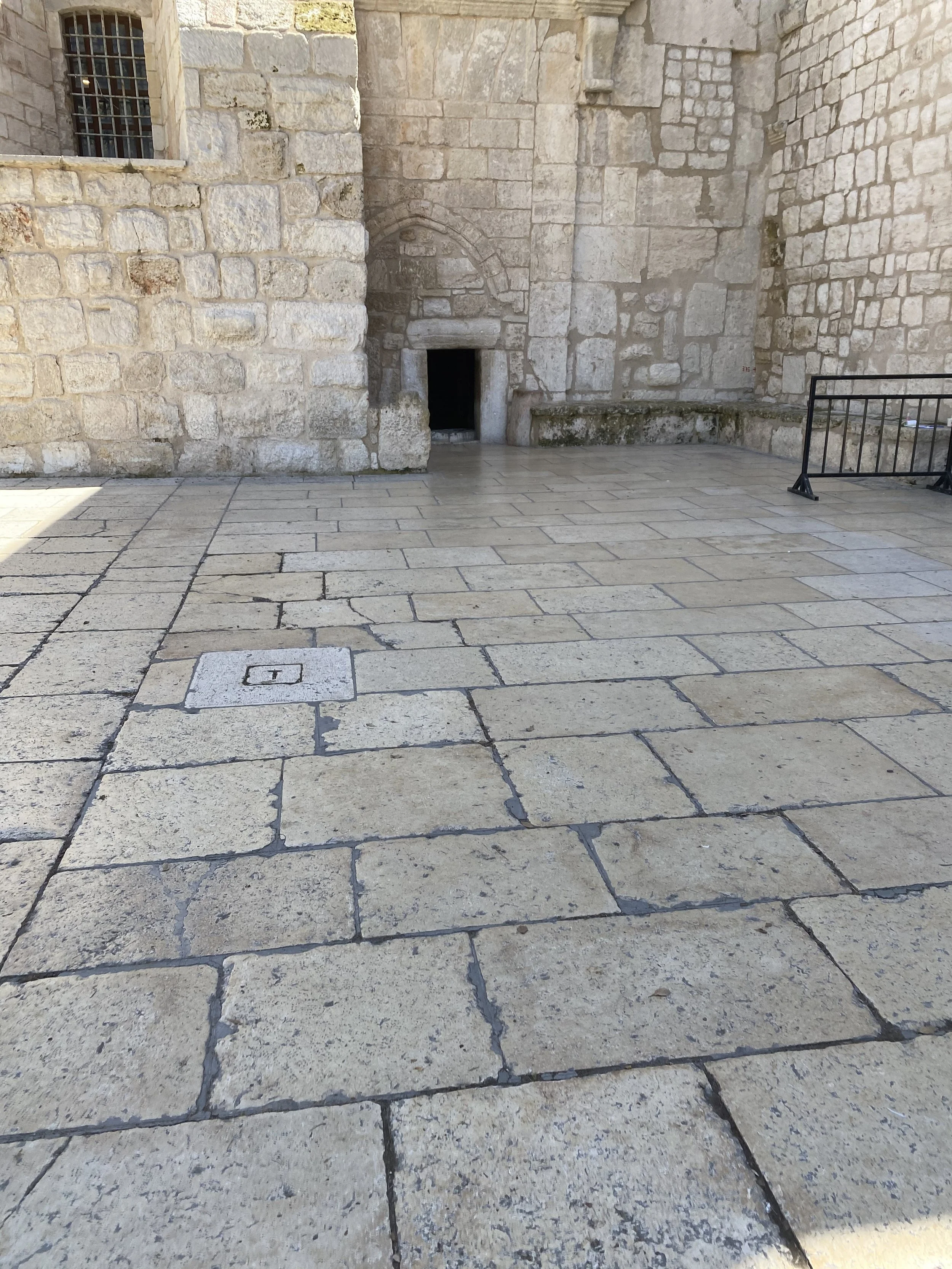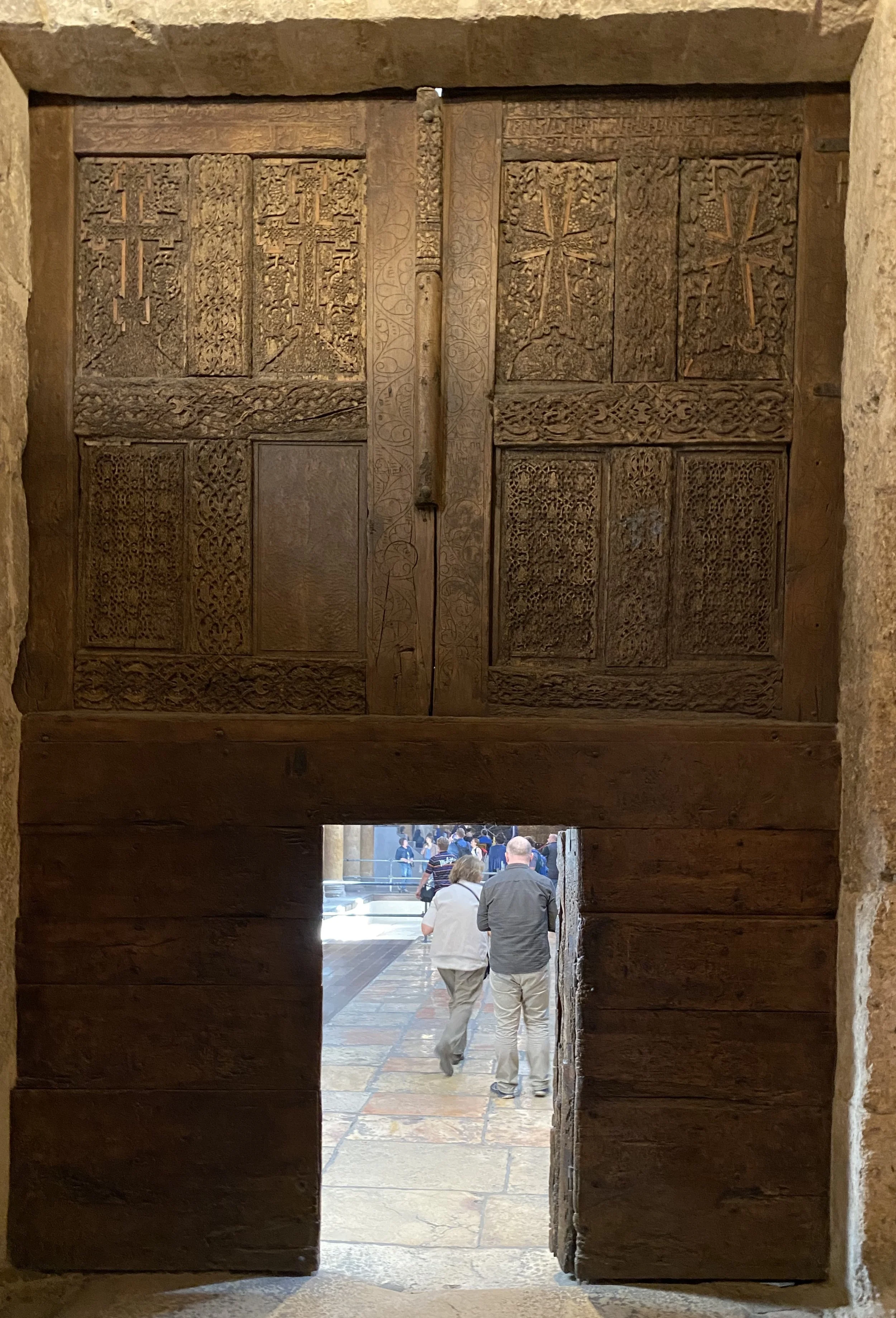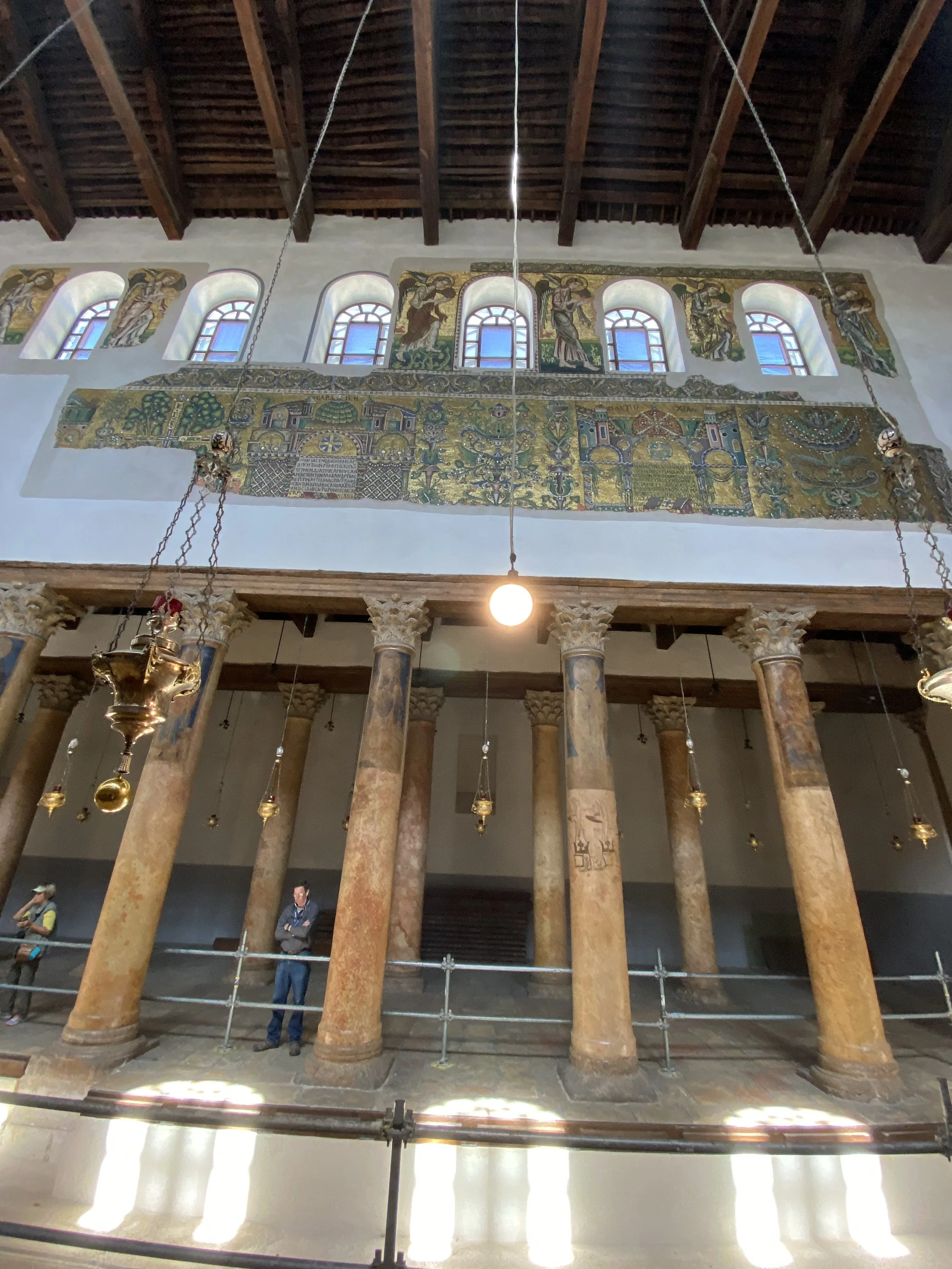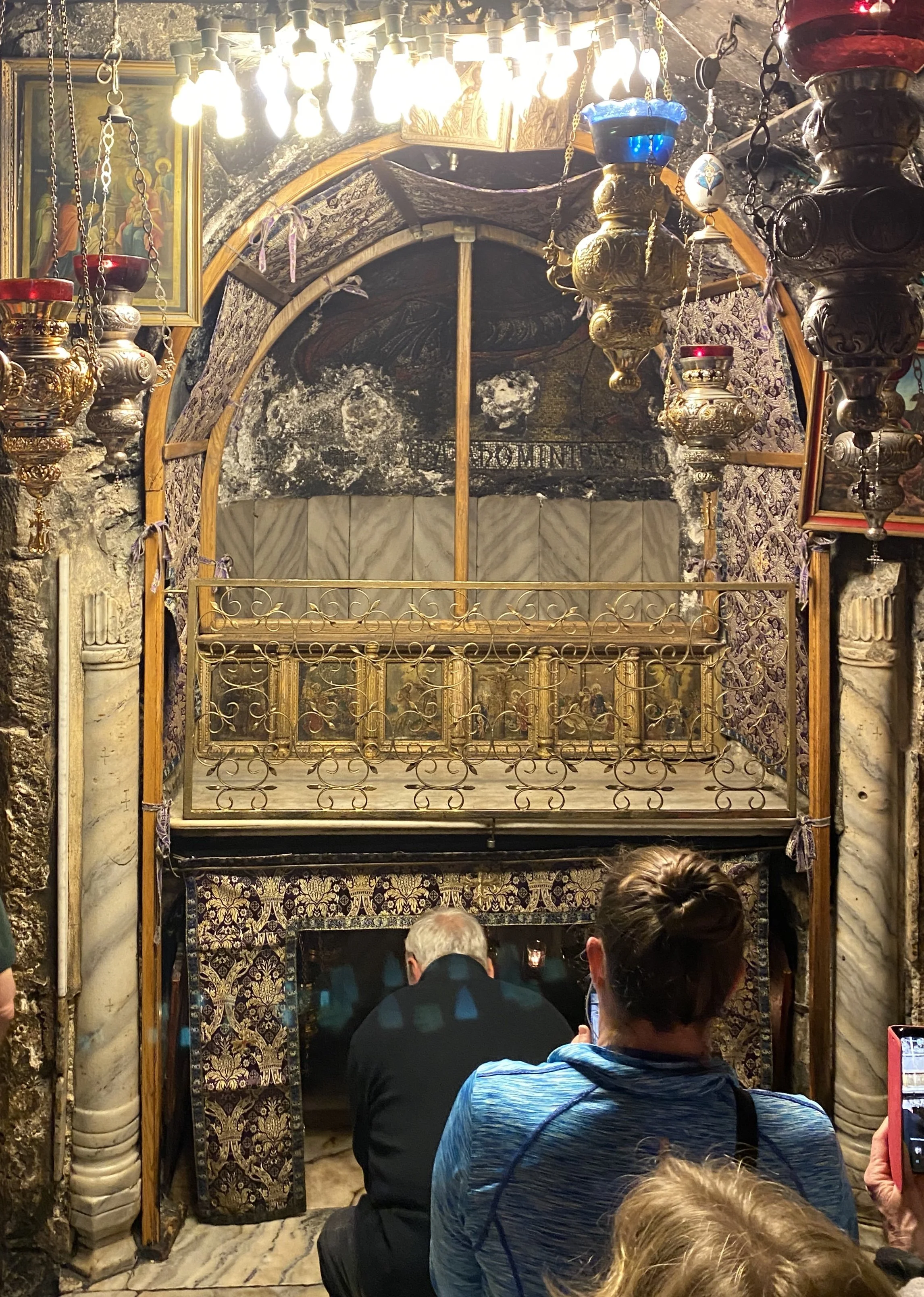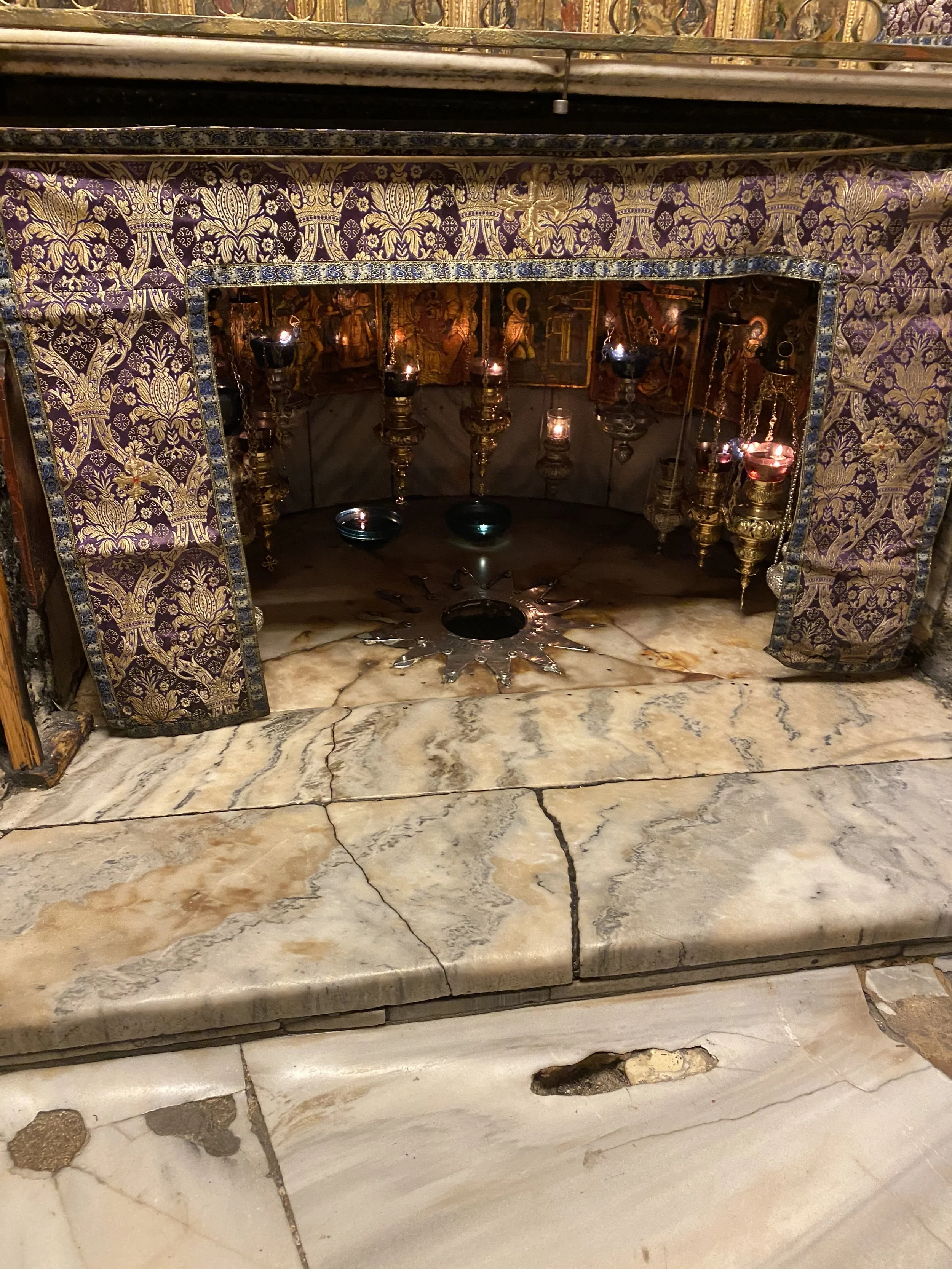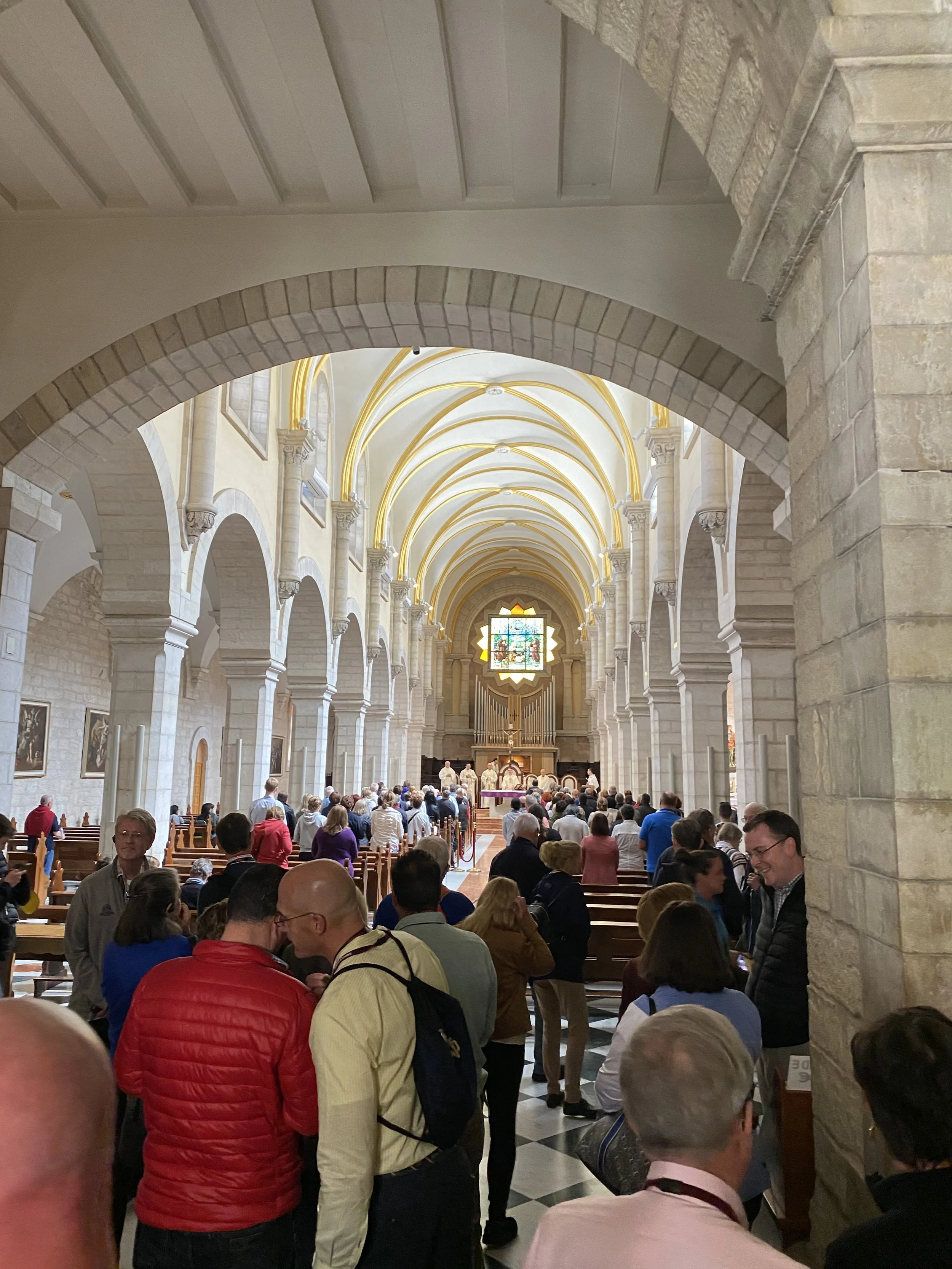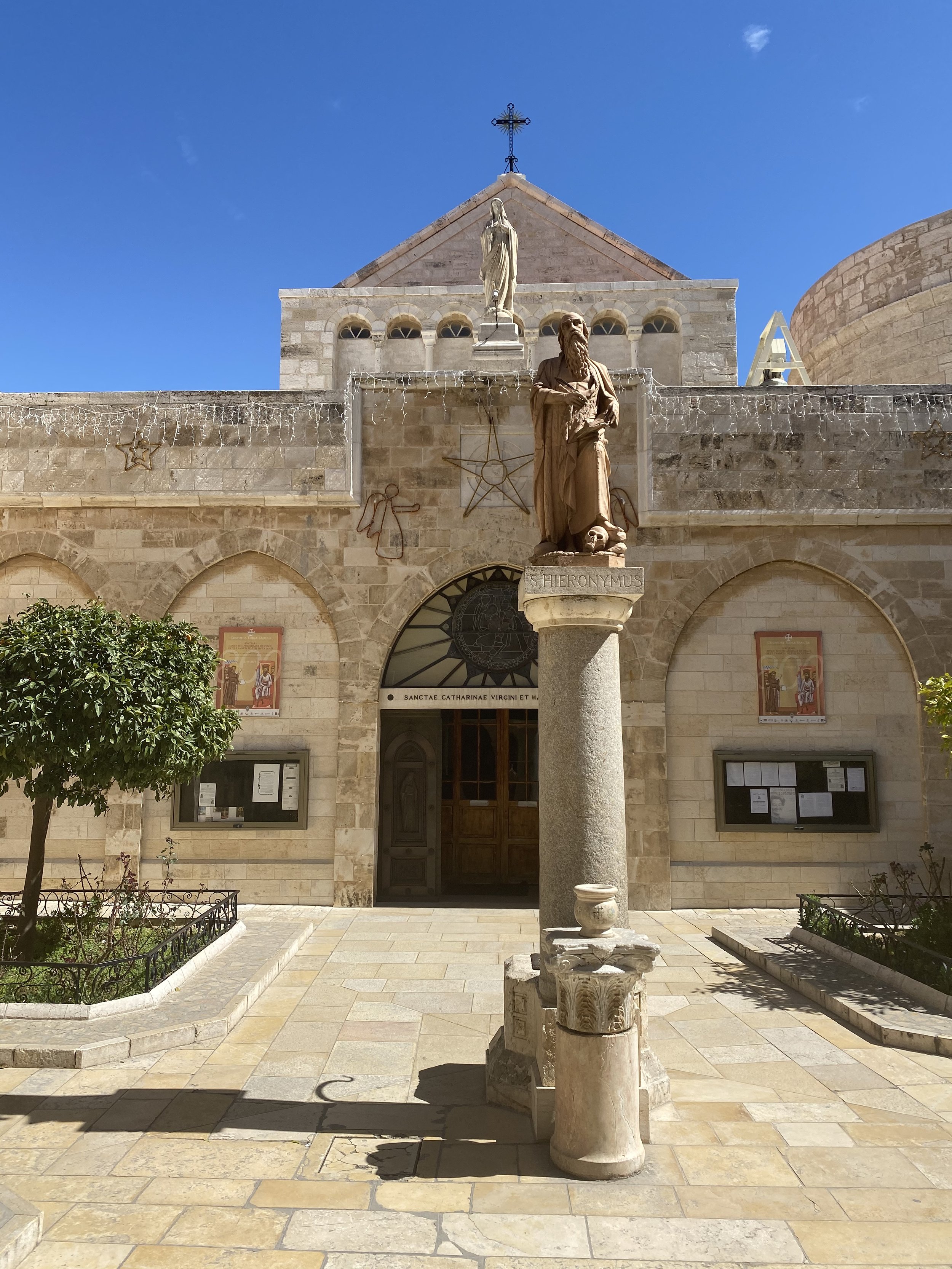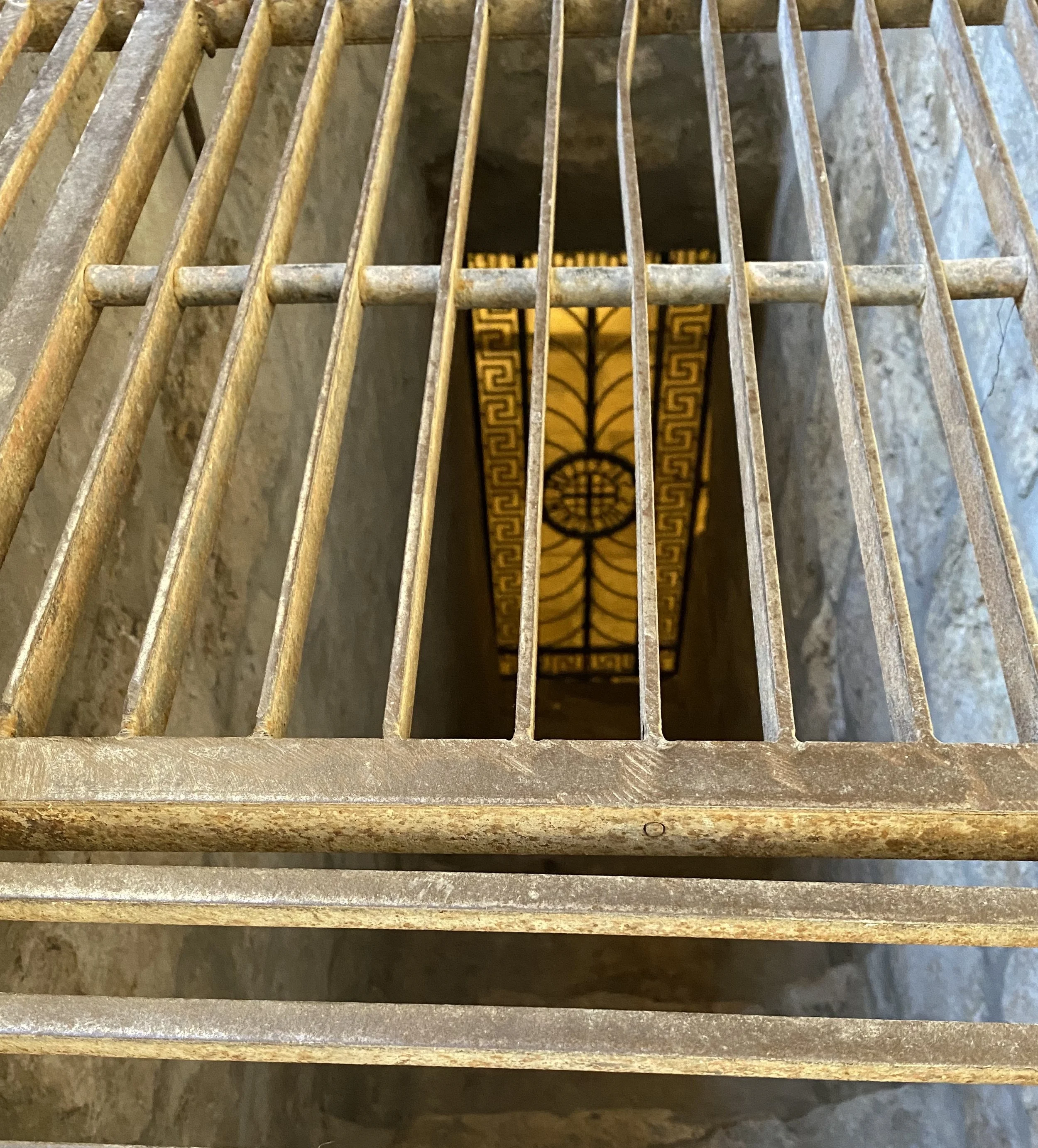Christmas and a first century Judaean home
“… And Joseph also went up from Galilee, from the town of Nazareth, to Judea, to the city of David which is called Bethlehem, because he was of the house and lineage of David, to be registered with Mary, his betrothed, who was with child. And while they were there, the time came for her to give birth. And she gave birth to her firstborn and wrapped him in swaddling cloths and laid him in a manger, because there was no place for them in the inn.” Luke 2:4-7
In Taybeh, Israel, in the courtyard of a Roman Catholic Church, there is an example of what a home from the 1st century could have looked like (it’s unclear how old this specific home is - old - but how old?). It helps illustrate the idea that the Greek word in this Christmas text for “inn” - Katalyma - refers to a guest space, not a public hotel. Katalyma is also the Greek word used to describe the upper room of the last supper. The term for a public hotel is Pandocheion - as is used in the parable of the Good Samaritan.
Since the Katalyma was full, it is likely that Joseph and Mary stayed in another area of the home closer to the animals. When Jesus was born, he was swaddled as was tradition and was laid in one of the animal feeding troughs. The Katalyma in a 1st century home could have been an upper area, as in our picture of the house at Taybeh, or it could have been a small extension of the home. Homes were often built over a cave and animals were brought into this protected area at night. Some examples of 1st century Judaean homes have mangers, or feeding troughs, dug into the low end of the sloping family area floor, near where animals were kept at night.
In Bethlehem at the Church of the Nativity, is another example of a cave incorporated into a 1st century home. Christian pilgrims visited this site before there was ever a church or memorial. Emperor Hadrian in the 2nd century AD, in an attempt to obscure this site actually further preserved the memory of it by building a temple to Adonis over the site. Emperor Constantine’s mother Helena, in her pilgrimages to the holy land, identified the traditions and the attempt at covering the site with a pagan worship area and commissioned the first Christian church here in AD 339 over the site of the nativity. Much of the architecture that you see in the older section when you visit today was part of the Justinian reconstruction in the 6th century AD. There are restorations of gorgeous mosaics from the 4th century AD. Near the altar area - Greek Orthodox - is the entrance to the Grotto of the Nativity. The Greek Orthodox decoration is extreme, including a star marking the suggested place of Jesus’ birth. Next to the ancient church is the modern Catholic Church of St. Catherine. St Jerome is remembered here with a statue in the courtyard. Jerome penned the latin Vulgate in a room here that you can visit today (we did not get a picture, sadly).
Adoration of the Shepherds, Vatican Hall of Tapestries



